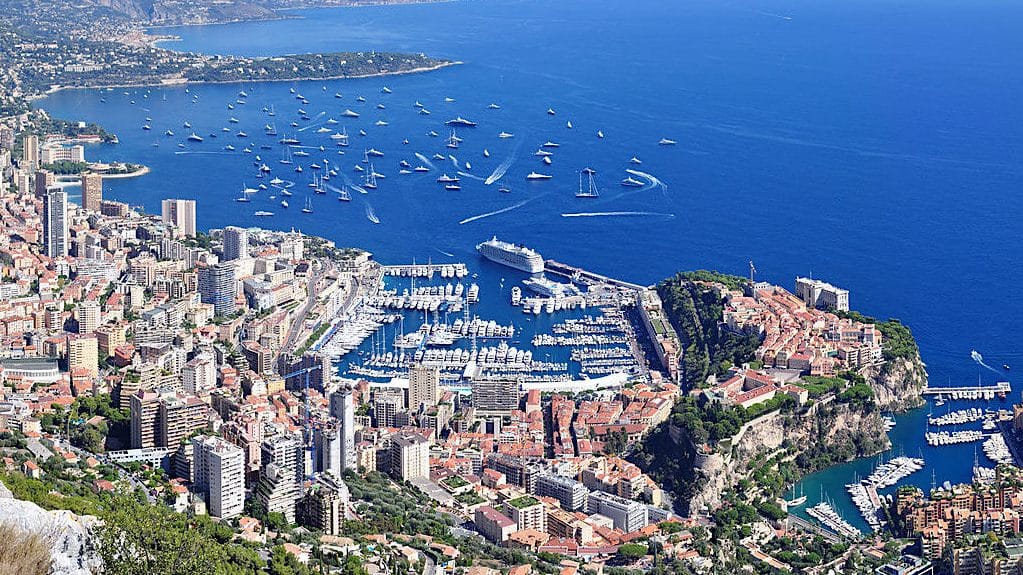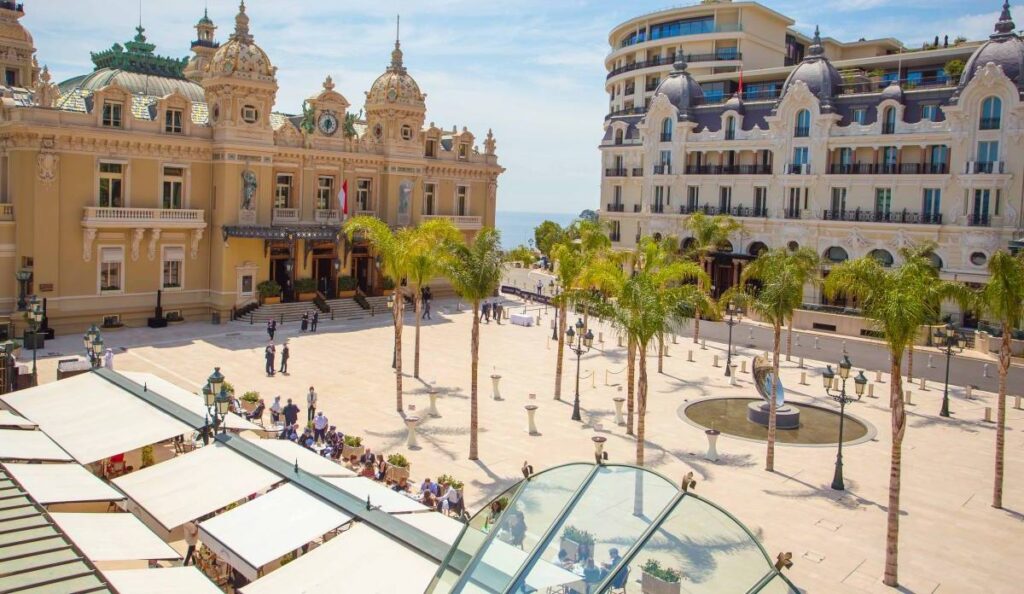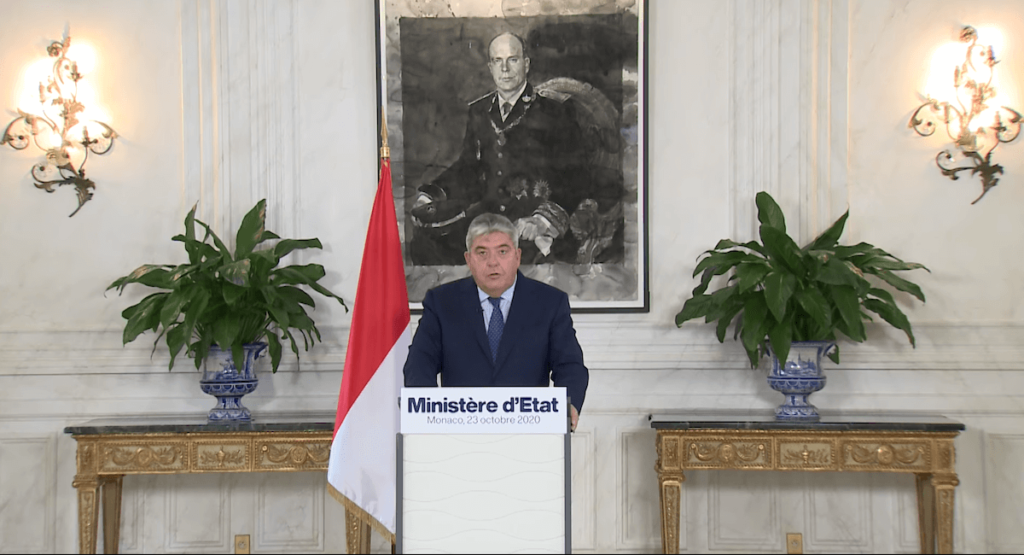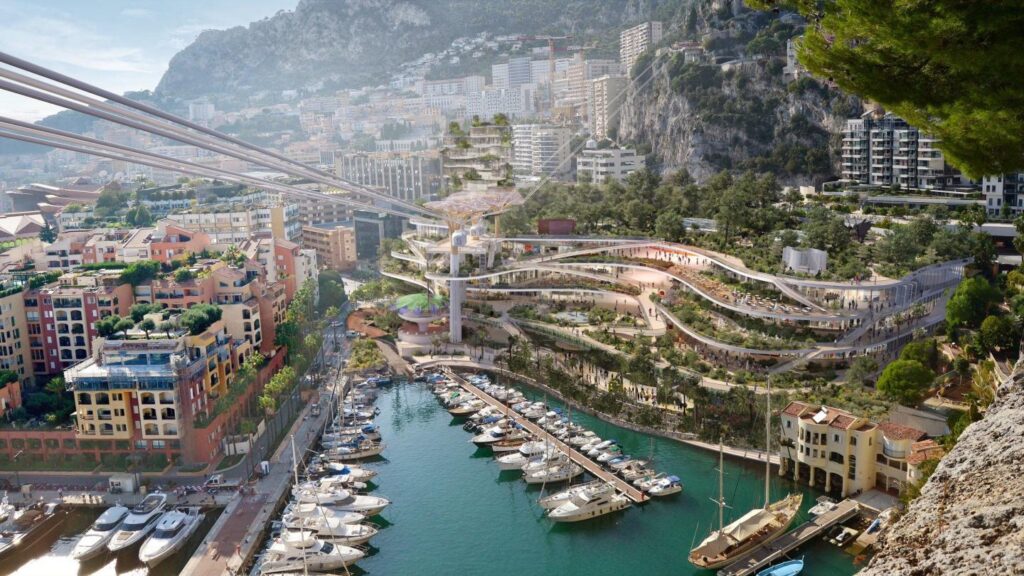Monaco: A country unlike the rest
On the shores of the Riviera, half-way between the city of Nice and the Italian border, is the world’s second-smallest country.

English playwright William Somerset Maugham called it “a sunny place for shady people”. We don’t know about shady people, but Monaco sure is a sunny place: the French Riviera boasts a grand total of 300 days of sun a year.
With an area just over 2 km2, the Principality of Monaco is one of the wealthiest and most expensive countries in the world. Known for its mild climate and dramatic landscape, Monaco has become throughout the years a hub for culture, luxury, sports, and business.
Come to the Principality and discover a country unlike no other.
History
The story of the Principality starts with fake monks and the capture of a rock.
In 1297, Francesco Grimaldi and his men capture the rock of Monaco pretending to be Franciscan friars. The Grimaldi’s authority is recognised by the Kingdom of Genova in 1314. Save a brief French dominion from 1793 to 1814, the Grimaldi family has ruled the Principality ever since.
If the history of the Principality starts with that of the Grimaldi family, Monaco’s history dates back to 300,000 BCE, age of the oldest settlement found in the area. To this day, bones, artifacts, and other signs of life are still unearthed during construction works, both on land and sea. Monaco has two prehistoric caves: the cave of the Exotic Garden and the Saint-Martin cave in the old town. Both are open to the public.

From settlement to independent country
In Antiquity, Monaco was a Greek settlement. In the Middle Ages, Monaco becomes part of France, before being given to the Kingdom of Genova by emperor Henry VI.
What few people know is that Monaco was not always the micro-state that it is today. Until the mid 19th century, Menton and Roquebrune-Cap-Martin were under Monegasque rule. After declaring themselves “free towns” in 1948, Menton and Roquebrune-Cap-Martin vote in favour of being annexed by France, eventually becoming French in 1861.
It is also in 1861 that France recognises Monaco’s sovereignty. In 1918, the two countries sign a pact which grants Monaco partial French protection, on condition that in the eventuality of a dynasty fall, the Principality become part of France.
The Monte-Carlo Casino and the Société de Bains de Mer
It is under the rule of Charles III, in the second half of the 19th century, that Monaco becomes the economic haven that it is today. In need of money following the loss of Menton and Roquebrune-Cap-Martin, the sovereign decides to build a casino as well as a spa, both of which have become a favourite pastime of the Riviera’s beau monde.
Charles II bets everything on the casino. He enlists Fançois Blanc in the project, a businessman from Provence who made his fortune by running a casino in Bad-Homburg. In 1863, Blanc founds the Société des Bains de Mer (SBM) to manage the Monte-Carlo Casino. As the Casino de Monte-Carlo brings some of the richest and most illustrious Europeans of the time to Monaco, the SBM expands, building several luxury hotels around Monte-Carlo.

The SBM made Monaco what it is today. For a very long time, the SBM’s revenues, and particularly the casino revenue, were Monaco’s biggest guaranteed cash flow. With time, the SBM would also take care of the provision of public services, including the establishment of the Nice-Menton train line.
Today, the SBM manages Monaco leading institutions, including the Monte-Carlo Casino, the Hotel de Paris and the Hotel Hermitage. It is Monaco’s biggest employer
Did you know?
Monaco’s flag consists of two stripes of equal width, red above, white below. While the design dates back to 1881, the colours have not changed since the 15th century.
Monaco also has a second flag, known as the State Flag, which can be seen on the Prince’s Palace and the Prince’s yacht, as well as on all governmental buildings. The State Flag is white, with Monaco’s coat of arms.
Politics
The Principality of Monaco is a constitutional and hereditary monarchy. It is currently headed by the reigning sovereign, Prince Albert II of Monaco. Prince Albert II of Monaco has ruled the principality since 2005, following the death of his father Prince Rainier III in 2005. Prince Albert holds executive power.
All of Monaco’s institutions have to abide by the rule of law and the principality guarantees the separation of powers. Its political and institutional system is dictated by the 1962 constitution.
Prince Albert II is assisted by the Minister of State, whom he is in charge of choosing. The current Minister of State is Pierre Dartout. Until 1 December 2005, the Minister of State had to be a French citizen, chosen from among several senior civil servants proposed by the French government. A treaty of friendship and cooperation signed between Monaco and France repealed the obligation. However, until today, no Monegasque has yet been appointed Minister of State by the Prince.

The Minister of State presides a government council. The council is made up of five ministers from the following ministries :
- Ministry of Interior (Patrice Cellario)
- Ministry of Finance and Economy (Jean Castellini)
- Ministry of Health and Social Affairs (Didier Gamerdinger)
- Ministry of Public Works, the Environment and Urban Development (Marie-Pierre Gramaglia)
- Ministry of Foreign Affairs and Cooperation (Laurent Anselmi)
Monaco does not have a justice minister. Instead, the principality has the Direction des Services Judiciaires, an independent body founded in 1918 to separate judicial authority from the government.
Legislative power is shared between the Prince and Monaco’s National Council. The National Council votes on laws and budget. It is currently chaired by Stéphane Valéri. Every five years, Monegasque citizens of age elect the 24 council members.

The Principality also has a Municipal Council which decides on local affairs, as well as an Economic, Social and Environmental Council, a Crown Council, a State Council, and a Board of Auditors.
The Principality of Monaco is also a member of the Assemblée parlementaire de la Francophonie and the International Organisation of La Francophonie.
Demographics
The Principality of Monaco has 37, 308 inhabitants (2016 data). With 19,009 inhabitants per km2, Monaco is the most densely populated state in the world.
Another interesting fact about Monaco is that Monegasques are a minority in their own country. The 8,378 Monegasque passport holders, only account for about a quarter of Monaco’s population. Over 139 nationalities live in Monaco, with French (9,286), Italians (8 172), and British (2,795), as well as Swiss (1,187) and Belgians (1,073) having the largest share of the population.
French is the official language of Monaco, but Italian and English are widely used. Monaco also has its very own language, called “monegù”, which is still taught in schools.
>> READ ALSO: « Ümparamu u munegascu ! » : Discovering the Monégasque language
Geography
The Principality of Monaco is located on the French Riviera, about 15 km away from the Italian border and 13 km away from the city of Nice. With an overall area of 2.02 km2, it is the second smallest independent state in the world after the Vatican. Monaco is bordered by the French towns of La Turbie, Roquebrune-Cap-Martin, Cap d’Ail, and Beausoleil. Monaco’s elevation never exceeds 70m above sea level, with the Palace being at 62m. However, the Mont Angèle, which towers over the Principality, reaches 164 above sea level.
Monaco has always struggled with a lack of land. However, years of large-scale construction works have allowed the country to expand its territory on the sea.
Monaco first started expanding on the sea in the 1970s, with the construction of the 22 acre-large Fontvieille neighbourhood. Currently, new neighbourhood is currently being built in Larvotto. Monaco’s newest sea expansion should give the Principality 6 new hectares. The works are expected to finish in 2025.
>> WATCH ALSO: Timelapse video: Monaco’s €2 billion land extension project
Monaco currently has eight neighbourhoods:
- La Condamine
- Fontvieille
- Larvotto
- The Exotic Garden
- The Old Town (Monaco-Ville)
- Moneghetti
- Monte-Carlo
- La Rousse
>> READ ALSO: Monaco opens a third port… in Italy!

Economy
As residents pay no income tax, Monaco’s income is derived from services, Monegasque VAT, and trade, as well as real estate and tourism. Since 1 January 1999, the euro has been the official currency of the Principality, succeeding the Monegasque franc. Monaco is one of the five landlocked, non-European Union micro-States authorised to use the euro. In 2018, Monaco’s GDP crossed the 6 billion euros mark for the first time to reach 6.09 billion, compared with 5.69 billion euros in 2017.
There is one exception to Monaco’s policy of no income tax: French citizens. Following pressure from Charles de Gaulle in the early 60s, all French Monaco residents are now required to pay income taxes to the French government.
>> READ ALSO: Covid-19: 10% of Monaco’s budget has gone to partial unemployment







